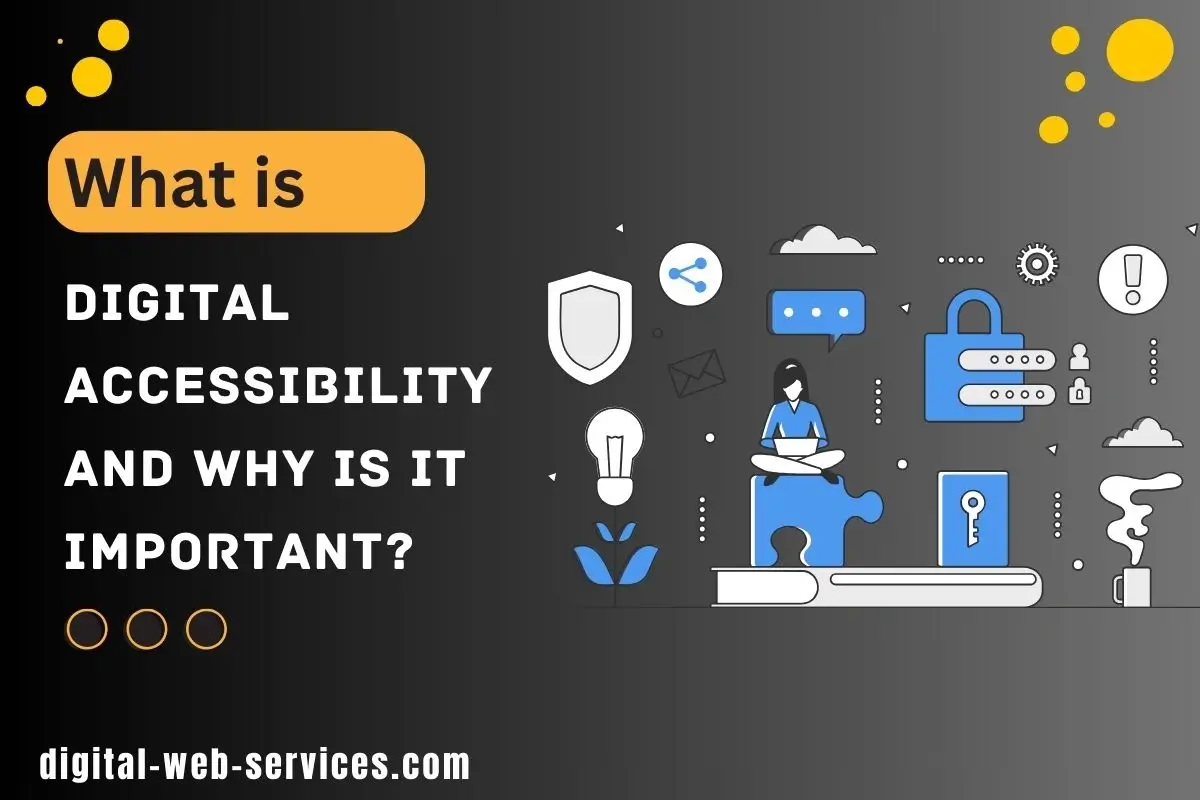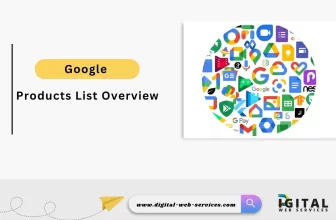
Digital Accessibility is a term which is commonly used in today’s world, yet many people fail to fully understand its meaning and importance. In essence, digital accessibility means breaking down barriers for people with disabilities.
Many web and mobile app designers focus heavily on the visual impact they’re creating to ensure it’s optimized for all devices. However, they often overlook digital accessibility. In this article, we will be discussing what digital accessibility is and why it is important.
What is the Meaning of Digital Accessibility?
Digital accessibility refers to the process of making digital products such as websites, mobile apps, and other online tools in such a way that they are accessible for everyone. It ensures that the same information is accessible by all the users, regardless of the impairments they may have. Digital accessibility breaks down internet barriers for people with disabilities such as visual, auditory, motor or cognitive disabilities.
When websites and mobile apps are designed keeping accessibility in mind, they enable individuals with diverse abilities to accomplish exactly what they came to do. Every individual deserves to experience the digital world in a smooth manner despite their disabilities. A blind person should be able to buy groceries from an app easily just like any person with a perfectly normal vision can.
Why is Digital Accessibility so Important?
Providing digital accessibility leads to expanding the target audience’s reach. According to a 2023 factsheet by the World Health Organization (WHO), an estimated 1.3 billion people experience significant disability. This represents 16% of the human population of the world. This number is expected to rise due to demographic trends and other factors.
Digital accessibility is indispensable for people with disabilities since it enables them to perform their basic tasks online independently. These basic tasks include studying, connecting with friends, co-workers and family through social media, online shopping and keeping up with the latest news. But in fact, many accessibility solutions are useful for all types of audiences like children, the elderly and people having momentary physical limitations. Let’s take an example: someone’s dominant arm might become immobilized all of a sudden (from a sprain) due to which he can only browse the web with one hand. In such a case, keyboard shortcuts which are an accessibility feature would be of great help.
The importance of digital accessibility is well-understood by Google as well. It values and benefits the accessible pages since it understands that such pages are useful for more people. If businesses want to appear at the top of Google ranking, accessibility is a great asset which must not be overlooked.
How to ensure Digital Accessibility?
A collective effort from all the stakeholders, including businesses, developers, designers and users is required to ensure digital accessibility is well-promoted. The digital products must be designed and built while keeping in mind the needs and abilities of all the users from the project’s very beginning. This involves compliance with the accessibility standards, such as Web Content Accessibility Guidelines (WCAG) which states detailed guidelines for making web content accessible to those with disabilities.
WCAG guidelines also include conducting regular audits for digital accessibility and user testing with professionals that identify and address issues concerning accessibility. Horlix.com is an agency that specializes in creating an accessible online world for everyone. Businesses that require specialists for audits and addressing accessibility concerns can seek their assistance.
What is the Future of Digital Accessibility?
Due to the advancements in technology and growing awareness about how important accessibility is, more and more businesses have started giving priority to digital accessibility. Hence, the future of digital accessibility looks bright. Efforts are being made to improve the accessibility standards and guidelines to stay up-to-date with the rapidly involving world of digitalization. World Wide Web Consortium (W3C) is presently focused on developing WCAG 3.0 guidelines which focus on standards for emerging technologies. However, a lot of work still has to be done. To ensure digital accessibility is made use of in the best way possible, continuous and collective effort is essential.
Conclusion
Digital accessibility encourages the inclusion of people with disabilities online. The purpose of digital accessibility is to remove barriers on the internet and provide equal opportunities for everyone. When everyone can perceive, interact, navigate and communicate with the content present online, digital accessibility is achieved. Improving accessibility brings about increased quality of life, develops a feeling of independence and better social integration. Businesses that invest in it only tend to gain and grow.
Digital Web Services (DWS) is a leading IT company specializing in Software Development, Web Application Development, Website Designing, and Digital Marketing. Here are providing all kinds of services and solutions for the digital transformation of any business and website.










